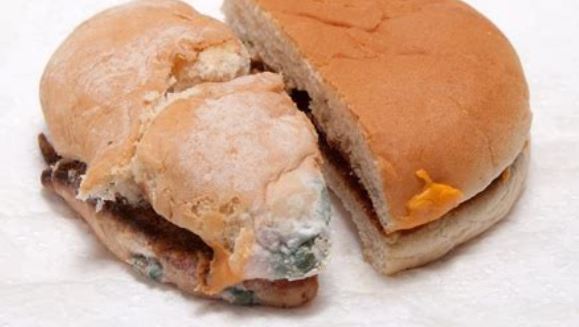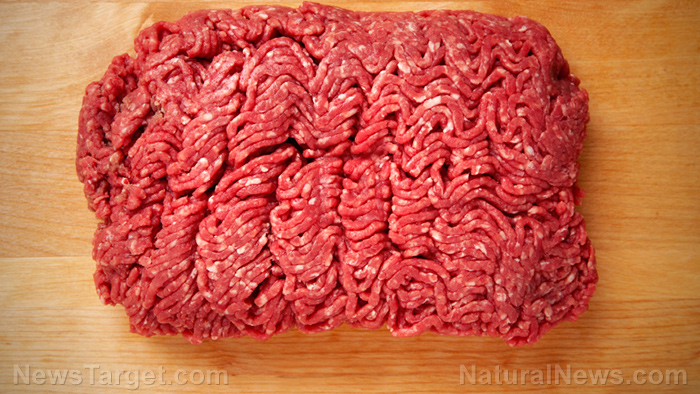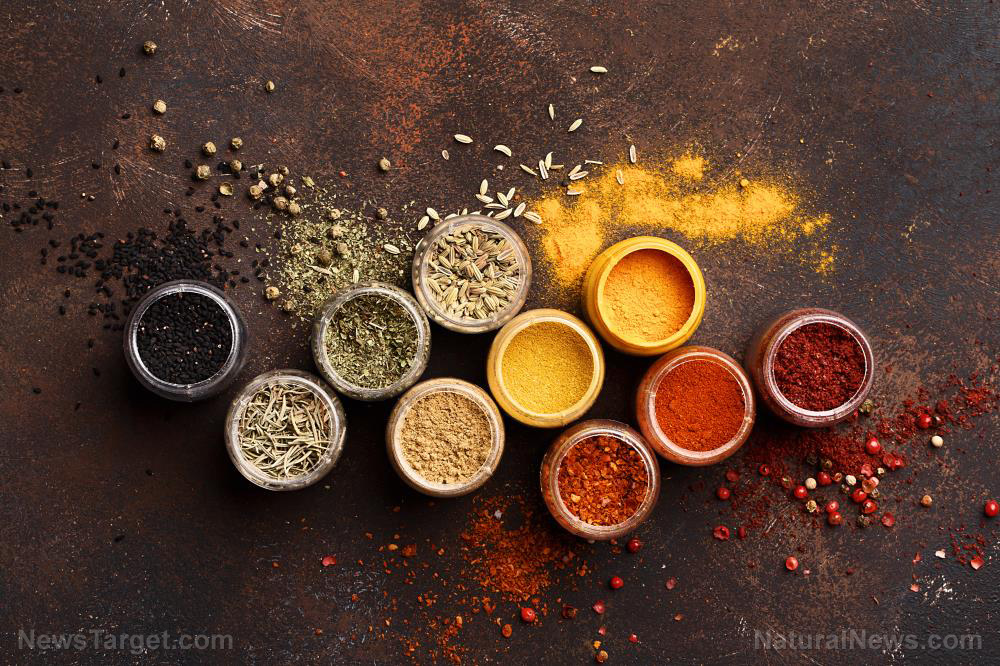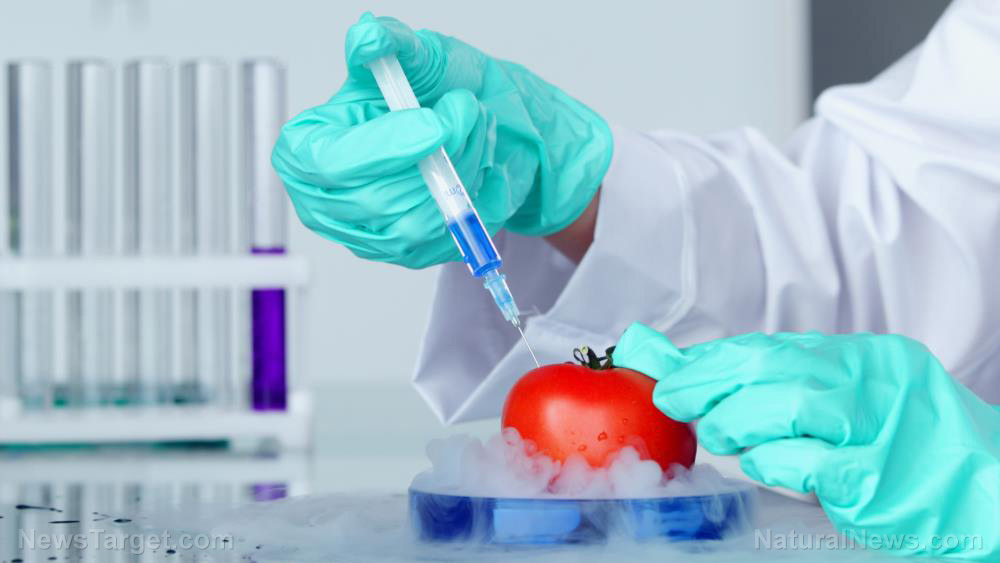
If you see mold on food that’s been lingering in your fridge, cutting away the moldy parts does NOT resolve the problem. There's a good chance that the mold has grown deeper into the food than you think. The "roots" of the mold often expand further into many foods than what you can see.
Is moldy food dangerous? Science says: not always.
Here are some moldy foods that you can salvage, and some that you should discard immediately.
Foods that are okay to eat moldy
Firm fruits and veggies – According to Janilyn Hutchings, a certified professional in food safety, firm fruits and veggies are still safe to eat as long as you remove the moldy spot. These include apples, bell peppers, cabbage, carrots, some pears, potatoes and turnips.
Certain cheeses – Similar to firm fruits and vegetables, hard cheeses will resist the spread of mold that would contaminate other foods. Hutchings recommends cutting away at least one inch around and below the moldy spot and discarding that. Make sure that your knife does not come in contact with the mold. An unopened vacuum-sealed package of cheese can last in your fridge for up to six months.
Certain hard, cured meats – Nutritionist Lisa Richards, creator of The Candida Diet, said there are a few types of meat where mold is part of the deal. Dry-cured country hams and hard salamis automatically have a white surface mold.
According to Richards, this benign mold is added to the outside of the meat because it helps cure the meat and provides a protective coating that keeps the salami safe from bacteria.
We are building the infrastructure of human freedom and empowering people to be informed, healthy and aware. Explore our decentralized, peer-to-peer, uncensorable Brighteon.io free speech platform here. Learn about our free, downloadable generative AI tools at Brighteon.AI. Every purchase at HealthRangerStore.com helps fund our efforts to build and share more tools for empowering humanity with knowledge and abundance.
Moldy foods that you need to discard immediately
Bread and pastries – According to the U.S. Department of Agriculture's guide to moldy foods, the porous nature of bread and baked goods is especially conducive to the spread of mold. Discard them immediately.
It usually takes five days or so for mold to grow on bread, but you'll want to take extra precaution for bread baked at home. Since homemade bread is made with fewer preservatives than the store-bought variety, it's likely to grow mold faster.
Cold cuts and lunch meat – If your bacon, hot dogs, sliced cold cuts or poultry have mold on them, the contamination has likely spread below the surface. You can avoid it by freezing your cold cuts or deli meat. All deli meats can be frozen for up to two months, as long as you prepare and wrap them properly to preserve their texture and moisture content.
You can also freeze roasted turkey, ham and chicken, but they may be slightly wet upon defrosting. You can freeze these lunch meats in large pieces or slices, but you need to discard them once mold becomes visible.
Cooked casseroles, grain and pasta – Leftover cooked casseroles, grain, meat, pasta and poultry are considered by USDA as foods with high moisture content that can be contaminated below their surface. Moldy leftover cooked food may also have bacteria growing along with the mold, so they must be discarded.
Jams and jellies – The mold you find in jams and jellies could produce a mycotoxin. Microbiologists DO NOT recommend scooping out the mold and using the remaining condiment. (Related: Is mold making you sick?)
Nuts and legumes – The USDA warns that nuts and legumes are have an especially high risk of developing mold because they are not processed with preservatives.
Soft or shredded cheeses – Fresher, soft cheeses and cheeses made with unpasteurized milk go bad much quicker and are best avoided by people with weakened immune systems, older adults, pregnant women, infants and young children.
The softer, more liquid nature of these cheeses can facilitate the spread of mold and bacteria like Escherichia coli. If you're not sure what type of cheese you have or what to do if it grows mold, the safest course is to simply discard it.
Sour cream and yogurt – These are foods with high moisture content and may be contaminated with mold, which has difficult-to-see, thin, threadlike branches and roots below the surface. Do not sniff the moldy item as this can cause respiratory trouble. Put it in a small paper bag or wrap it in plastic and throw it in a covered trash can that children and animals can't get to.
Visit FoodScience.news to read more stories like this.
Watch the following video to learn about mold illness, glyphosate and scorpion fungus.
This video is from the CrazyPablo channel on Brighteon.com.
More related stories:
Sunflower seeds found to be frequently contaminated with toxic mold.
Sources include:
Please contact us for more information.




















